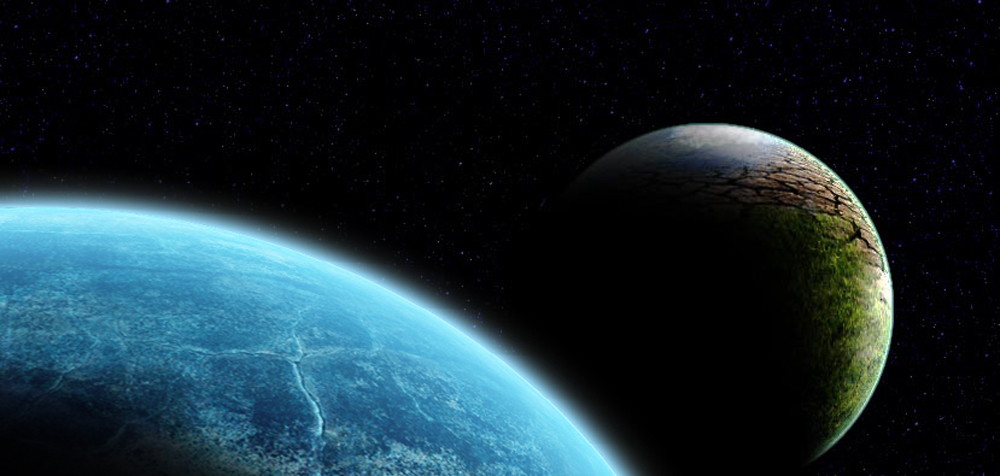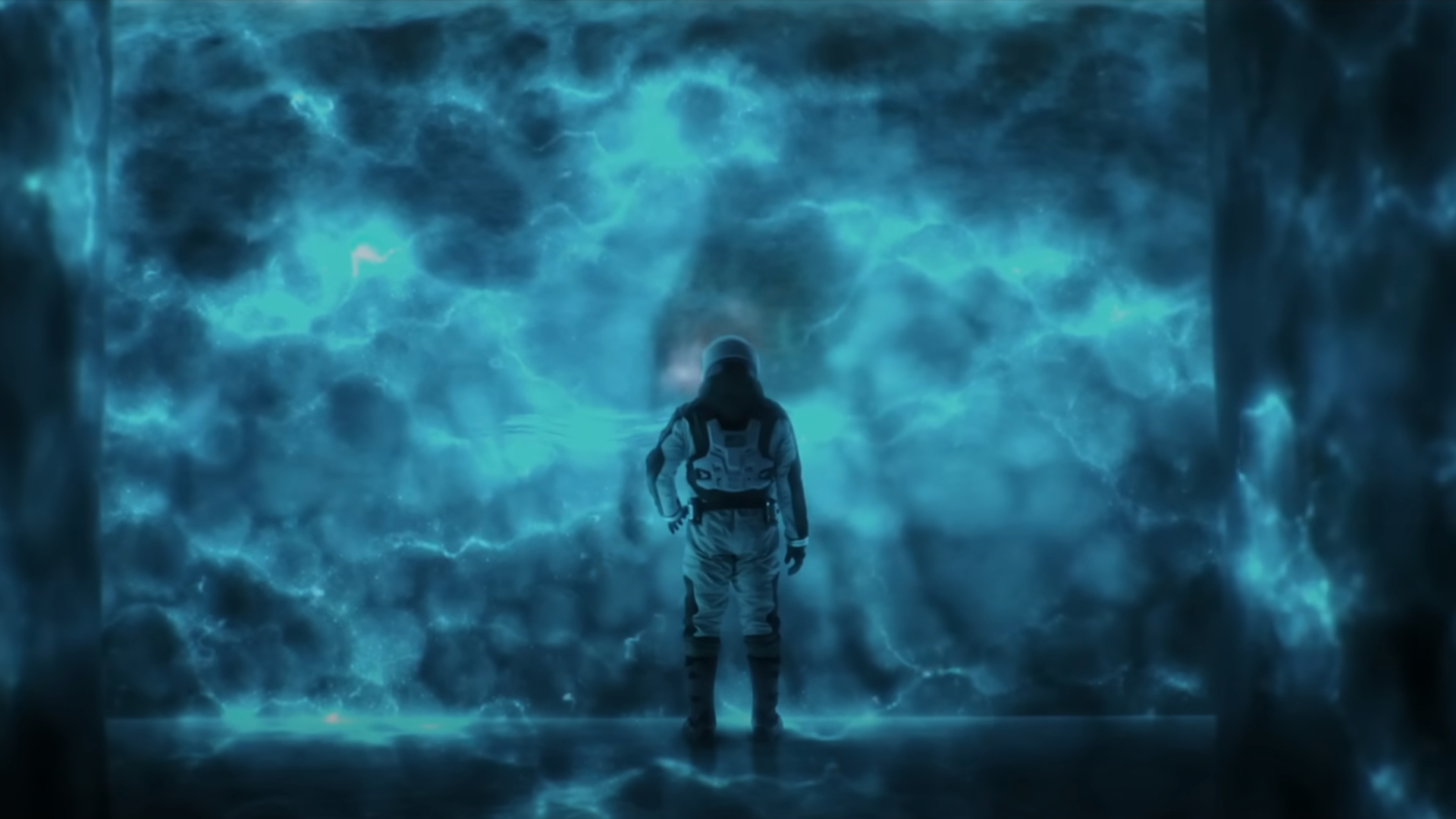Nibiru: The Nonexistent Planet

Linked to the close of the Mayan calendar, a variety of rumors spread regarding ways the world could end back in 2012. One popular contender was Nibiru, a supposed planet that some claimed would collide with Earth at the end of that year. But despite the buzz, there's no scientific evidence supporting the alleged planet's existence — and, of course, our planet survived 2012 without absorbing a massive impact.
Nibiru has been linked to NASA by various bloggers. Because of this claimed connection, space agency officials put out a statement saying that no big planet was coming to destroy Earth in 2012. What follows below is the true science and history of this supposed rogue planet, with reference to a real object, Comet Elenin, that somehow got mixed up in the whole mess.
And we'll also talk about another hypothetical world that may actually exist in the far outer solar system — Planet Nine.
The origins of the Nibiru myth
The story began in 1976, when Zecharia Sitchin wrote "The Twelfth Planet," a book which used Stitchin's own unique translation of Sumerian cuneiform to identify a planet, Nibiru, orbiting the sun every 3,600 years. Several years later, Nancy Lieder, a self-described psychic, announced that the aliens she claimed to channel had warned her this planet would collide with Earth in 2003. After a collision-free year, the date was moved back to 2012, where it was linked to the close of the Mayan long-count period.
When Comet Elenin appeared in 2011, many were concerned that it was the mysterious planet in disguise, despite the fact that planets and comets appear very different under a telescope. (A comet has a gas atmosphere, called a coma, and a tail, while a planet does not.)
But instead of slamming into the Earth, the comet strayed too close to the sun and broke into pieces. The leftover fragments will continue on their path to the outer solar system for the next 12,000 years, still bits of comet and not a more cohesive planet.
Evidence for Nibiru?
Proponents of the fictitious planet note that, in 1984, a scientific paper was published in the Astrophysical Journal Letters which discussed several infrared sources with "no counterparts" that turned up in a survey of the sky. Such surveys are common in astronomy and usually involve follow-ups that individually detail the more interesting sources. In the follow-up of the 1984 survey, most of the sources turned out to be distant galaxies. None were identified as planets. Both papers are available to the public.
A planet with an orbit so eccentric that it took 3,600 years to orbit the sun would create instabilities inside our 4.5-billion-year-old solar system. After only a few trips, its gravity would have significantly disrupted the other planets, whose own gravitational pushes would have changed the hypothetical world's orbit significantly.
The easiest and most verifiable piece of evidence arguing against the existence of the theoretical planet can be performed by anyone: According to the information available, a planet with a 3,600-year-long orbit that was due to impact Earth in 2012 should be available to the naked eye. Easily performed calculations show that, by April 2012, it would have been brighter than the faintest stars viewed from a city, and almost as bright as Mars at its dimmest. This would have made it visible to astronomers everywhere.
The most common rebuttal to this is the cry of "Cover up!" However, there are hundreds of thousands of amateur astronomers around the world, many of whom own their own telescopes. On top of that, most of the thousands of professional astronomers are linked not to the government but rather to private universities.
Astronomer David Morrison pointed out in 2012 that "NASA and the government get most of their information from these outside astronomers, not the other way around."
Between the amateur and professional astronomers, there are plenty of people who would have noticed a new "star" in the sky.
Nothing to fear
Doomsday reports across the internet frequently incite fear, but it's interesting to note they are nothing new. People have been decrying the end of the world for hundreds of years.
Rumors spread like wildfire on the internet, but the same technology can make it easier than ever to delve into the scientific evidence about such events.
Planet Nine
All of the above notwithstanding, there may actually be a big, undiscovered world lurking in the dark, cold depths of the outer solar system. The evidence for this hypothetical "Planet Nine" has been building over the past few years, as astronomers such as Mike Brown, Konstantin Batygin, Scott Sheppard and Chad Trujillo have noticed weird clustering in the orbits of small objects beyond Neptune. The best explanation, these researchers say, is an unseen "perturber" very far from the sun.
Calculations suggest that this Planet Nine may be about 10 times more massive than Earth and orbit perhaps 600 times farther from the sun, on average, than our planet does. Astronomers around the world are scouring the sky with powerful telescopes as we speak, trying to spot Planet Nine directly.
Finally, a note about the name: Brown and Batygin dubbed the putative world "Planet Nine" because, if discovered, it would "replace" Pluto as the solar system's ninth planet. (The International Astronomical Union reclassified Pluto as a dwarf planet in 2006, you probably recall.) But some researchers (and many laypeople) still regard Pluto as the ninth planet and therefore use the term "Planet X" (or "Planet Next," or "Giant Planet Five") for the undiscovered object instead.
This can get confusing, because "Planet X" was also the term used for a world once thought to be responsible for supposed oddities in the orbits of Uranus and Neptune. American astronomer Percival Lowell came up with this theory, and he hunted for Planet X in the early 20th century. (Clyde Tombaugh's 1930 discovery of Pluto did not validate Lowell's hypothesis, however, because Pluto isn't big enough to jostle Uranus and Neptune in the way that Lowell imagined.)
In any event, Planet Nine (or Planet X, if you prefer), may actually exist, and it's not coming to destroy Earth. So, it's very different than the mythical Nibiru.
Nibiru on Star Trek Into Darkness
A planet called Nibiru, although not associated with Earth's doomsday, featured briefly in the 2013 Star Trek film installment Star Trek Into Darkness. The planet appears in the opening scenes as a home of savage tribesmen and a supervolcano about to erupt.
The planet, covered by a red jungle and an ocean deep enough to comfortably hide the Enterprise spaceship, is a target of exploration by the crew led by Captain James Kirk. However, things quickly go awry after Spock gets stranded on the super volcano while trying to stop the eruption, prompting the Captain to break the Prime Directive, which prohibits Star Trek explorers from interacting with alien civilizations.
This article was updated on Dec. 30, 2021 by Space.com Senior Writer, Tereza Pultarova.
Additional resources:
— U.S. government insists 2012 apocalypse is a myth
— Unidentified IRAS sources: Ultrahigh luminosity galaxies
— Unidentified point sources in the IRAS minisurvey
Join our Space Forums to keep talking space on the latest missions, night sky and more! And if you have a news tip, correction or comment, let us know at: community@space.com.
Breaking space news, the latest updates on rocket launches, skywatching events and more!

Nola Taylor Tillman is a contributing writer for Space.com. She loves all things space and astronomy-related, and always wants to learn more. She has a Bachelor's degree in English and Astrophysics from Agnes Scott College and served as an intern at Sky & Telescope magazine. She loves to speak to groups on astronomy-related subjects. She lives with her husband in Atlanta, Georgia. Follow her on Bluesky at @astrowriter.social.bluesky
